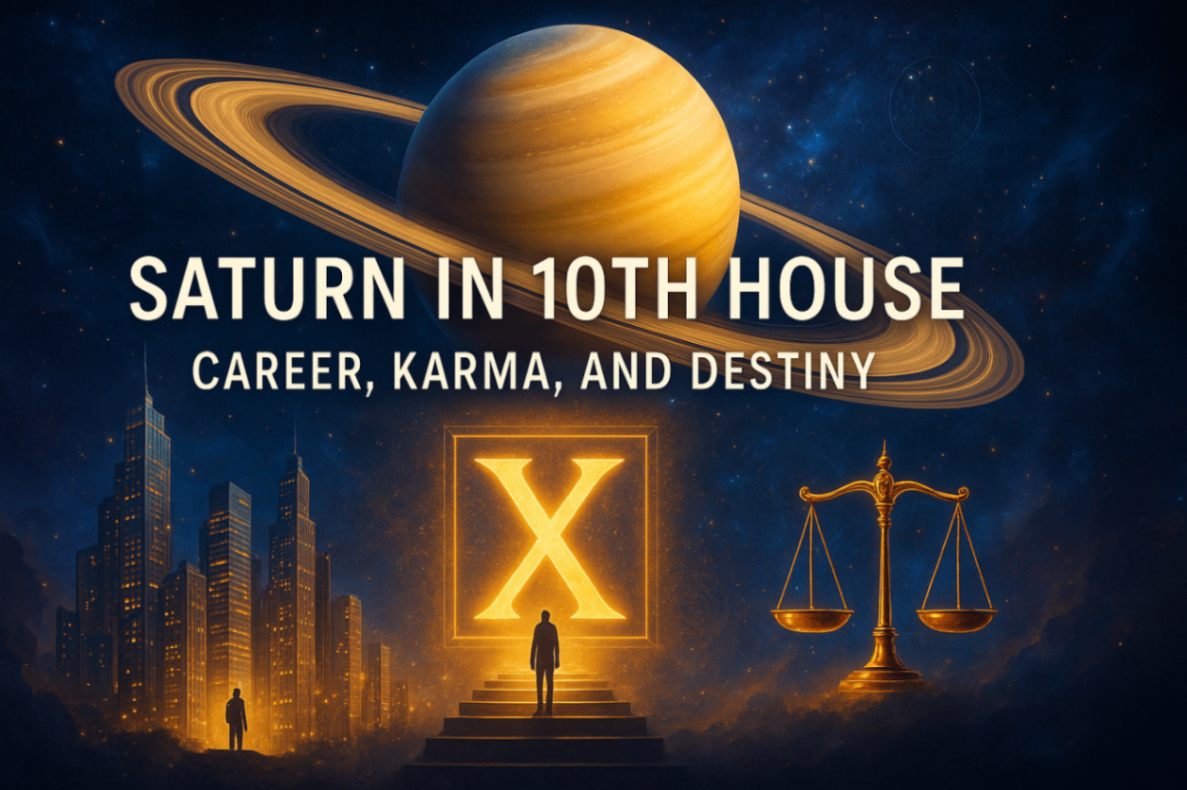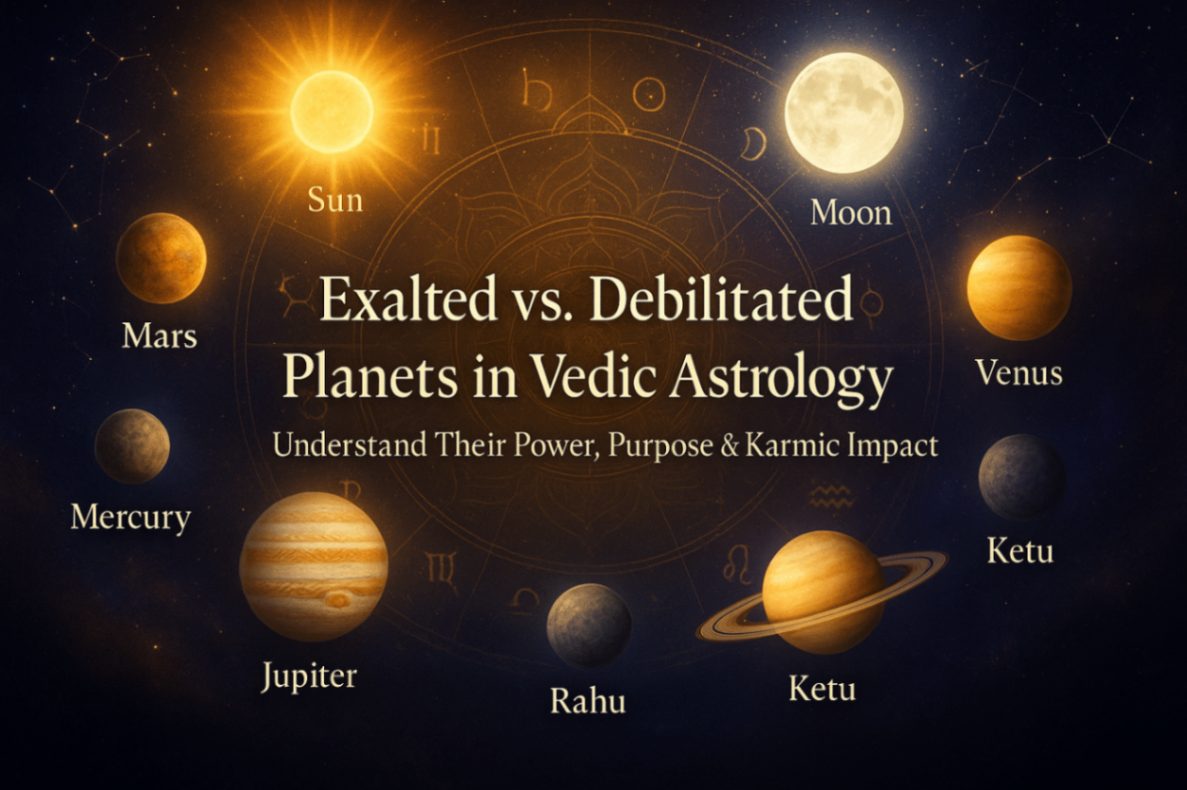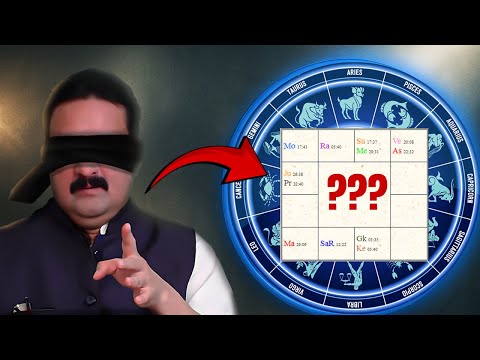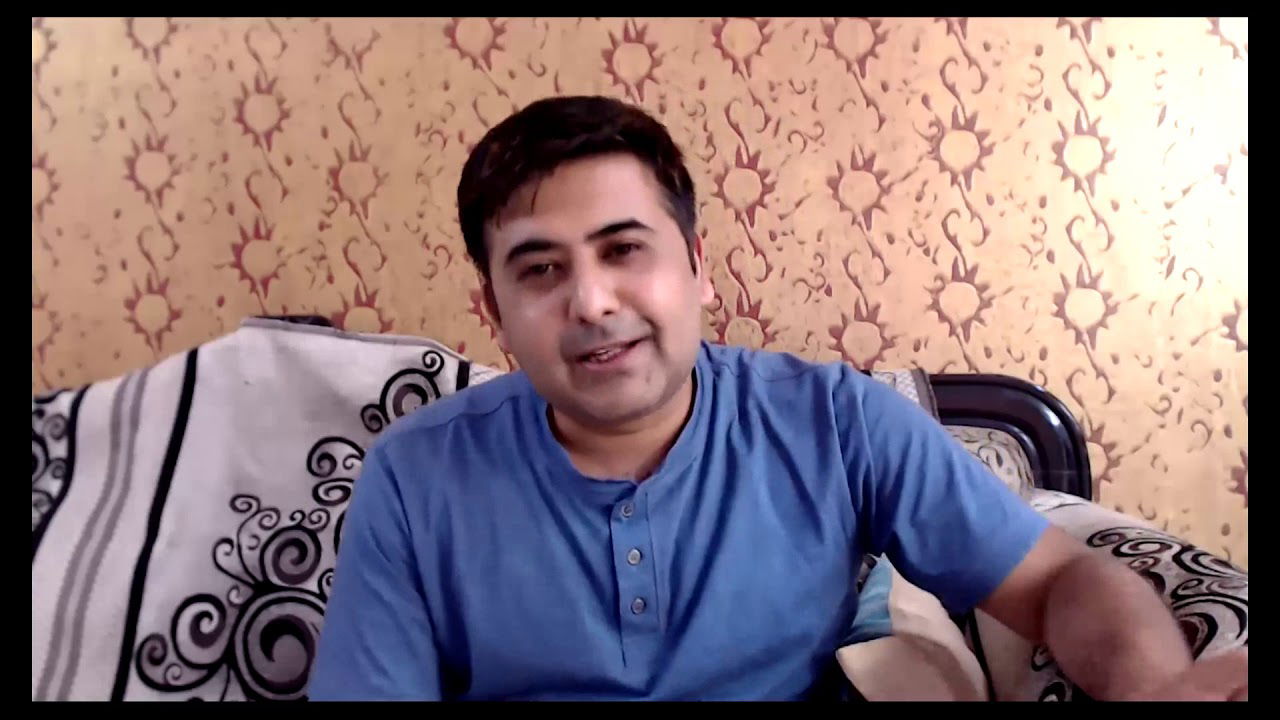Understanding Panchang: An In-depth Exploration of the Traditional Indian Calendar

Panchang, also known as the traditional Indian calendar, is an essential tool in Vedic astrology and Hindu daily life. It serves as a guide to understanding celestial movements and their impact on various aspects of life, from determining auspicious times to tracking lunar cycles. In this article, we will explore the key components of the Panchang and how it has evolved over time.
What is Panchang?

At its core, Panchang is a traditional Hindu calendar that tracks celestial events and helps determine favorable times for activities like rituals, investments, and even festivals. Panchang, derived from the Sanskrit word Panch (meaning five), consists of five essential components:
Tithi: The lunar day.
Nakshatra: The lunar mansion or star cluster.
Karana: Half of a Tithi.
Yoga: A specific combination of the Sun and Moon’s positions.
Vaar: The day of the week.
These five elements hold critical significance in Vedic astrology, influencing daily decisions and guiding auspicious timings or muhurat for various activities.
Components of Panchang
Tithi: The Lunar Day
Tithi refers to the lunar day, and it is one of the essential elements in calculating auspicious times. There are 30 Tithis in a lunar month, and they are divided into two phases—Shukla Paksha (waxing moon) and Krishna Paksha (waning moon). Each Tithi has a particular significance and is associated with different rituals and ceremonies. For example, the Ekadashi Tithi is considered auspicious for fasting and spiritual activities.
Nakshatra: The Lunar Mansion
Nakshatras represent the 27 lunar mansions or star clusters in the sky, and each Nakshatra spans approximately 13 degrees and 20 minutes of the celestial sphere. The position of the Moon in a particular Nakshatra plays a pivotal role in determining the nature of the day’s events. Each Nakshatra is associated with different attributes and influences human emotions, actions, and decisions.
Karana: Half of a Tithi
A Karana is half of a Tithi, and each Tithi consists of two Karanas. There are 11 Karanas in total, categorized into fixed and movable types. Movable Karanas include Bava, Balava, and Kaulava, which influence short-term activities, while fixed Karanas like Naga and Kimstughna are considered less favorable for starting new tasks.
Yoga: Sun and Moon Combination
Yoga is calculated based on the angular distance between the Sun and Moon, and there are 27 different types of Yogas. Some Yogas are considered highly auspicious, such as Preeti, Ayushman, and Saubhagya, while others, like Vishkumbha and Vyatipat, are deemed inauspicious.
Vaar: The Day of the Week
Each day of the week or Vaar is governed by a particular planet. For instance, Sunday is ruled by the Sun, Monday by the Moon, and so on. These planetary influences affect daily activities and guide decisions about travel, rituals, and new ventures.
Types of Panchang
Depending on the astronomical basis, Panchang can be categorized into three primary types:
Lunar Panchang: Based on the Moon’s phases.
Nakshatra-based Panchang: Based on the Nakshatras or stars.
Solar Panchang: Also known as the Gregorian calendar, based on the Suns movement.
Although different regions in India follow different types of Panchang, the principles remain largely consistent. For example, South India may use a lunar calendar, while North India often refers to a solar calendar.
Historical Significance of Panchang
The origins of the Panchang date back to the Vedic period, where ancient scholars first began to observe celestial phenomena. The earliest forms of the calendar were purely based on solar and star movements. Astronomers like Aryabhata, Varahamihira, and Bhaskara later refined the system by incorporating lunar cycles into their calculations.
The Vikram Samvat, one of the most widely used Hindu calendars, was introduced in 57 BCE by King Vikramaditya. This calendar continues to be used in parts of India, alongside the Gregorian calendar that was popularized globally in the 1st century BCE.
Classical Insights on Panchang: Traditional Indian Calendar
Classical Vedic texts, such as the Surya Siddhanta and Brihat Samhita, offer deep insights into the principles of Panchang. These texts describe how the alignment of planets, the Moon, and Nakshatras influence human lives and guide the selection of auspicious times for various events. As per the Brihat Samhita, the correct usage of Panchang can help individuals align their lives with cosmic rhythms, improving the outcomes of their actions.
Practical Applications of Panchang
Determining Auspicious Times (Muhurat)
One of the primary uses of Panchang is to determine auspicious times or Muhurat for important activities like weddings, business ventures, and religious ceremonies. The combination of Tithi, Nakshatra, Yoga, and Karana is carefully analyzed to choose the best possible time for success.
Celebrating Festivals

Panchang plays a vital role in determining the dates of Hindu festivals such as Diwali, Holi, and Navratri. Each festival corresponds to a specific Tithi and Nakshatra, ensuring that the celebration occurs at an astrologically significant time.
Tracking Celestial Events
In addition to festivals, the Panchang is used to track important celestial events like solar and lunar eclipses. These occurrences are believed to have significant astrological effects, influencing not just individuals but entire nations.
How to Read Panchang
To effectively read a Panchang, follow these steps:
Identify the Tithi: Understand the lunar days significance.
Check the Nakshatra: Determine which Nakshatra is active and its influence on the day.
Find the Karana: Look for the Karana to see its effects.
Determine the Yoga: Yoga impacts your activities for the day.
Note the Vaar: Identify the ruling planet of the day.
Common Queries About Panchang
Can Panchang be Used Globally?
Yes, Panchang can be used worldwide, but local adjustments are needed based on the time zone. While the Tithi, Nakshatra, Yoga, and Karana are consistent, the start of the Vaar (day) may vary.
How to Name a Newborn Using Panchang?
The Nakshatra at the time of birth often determines a newborns name. Each Nakshatra has specific syllables associated with it, which serve as a guide for naming.
Conclusion
The Panchang is more than just a calendar—its a detailed guide that aligns human activities with cosmic forces. Whether youre planning a wedding, launching a new business, or celebrating a festival, understanding and using the Panchang can lead to better outcomes. By exploring its components—Tithi, Nakshatra, Karana, Yoga, and Vaar—and applying it in daily life, you can harness the wisdom of Vedic astrology for auspicious beginnings.
Watch the full video





































